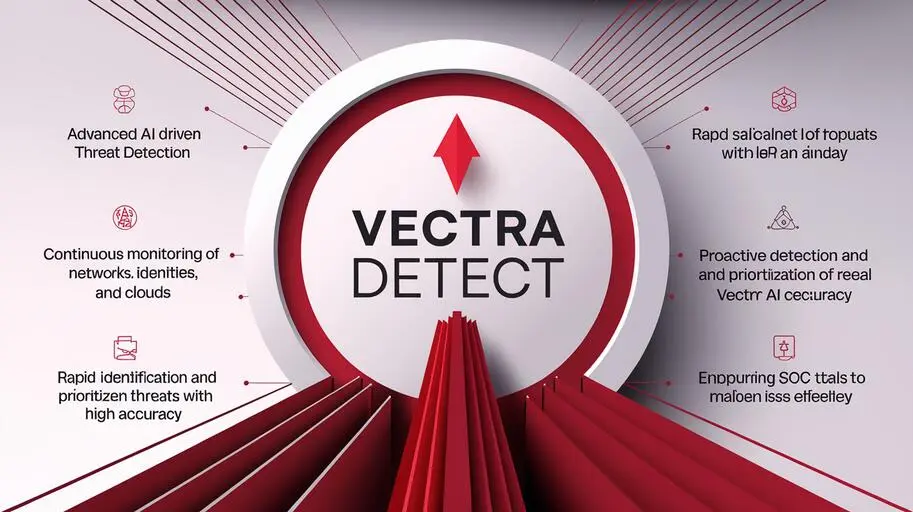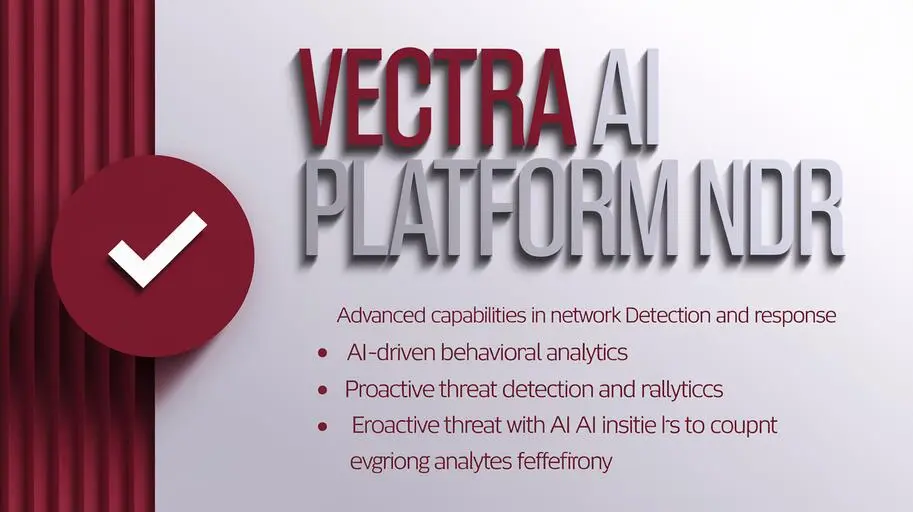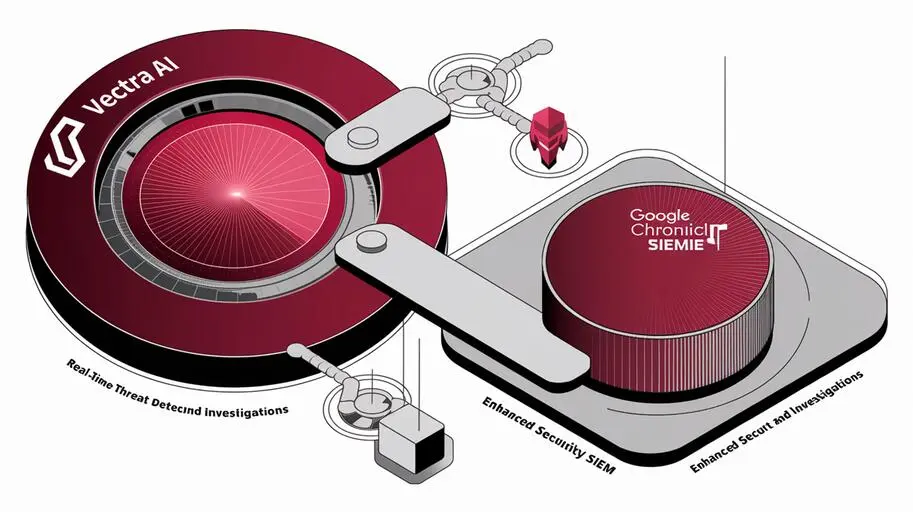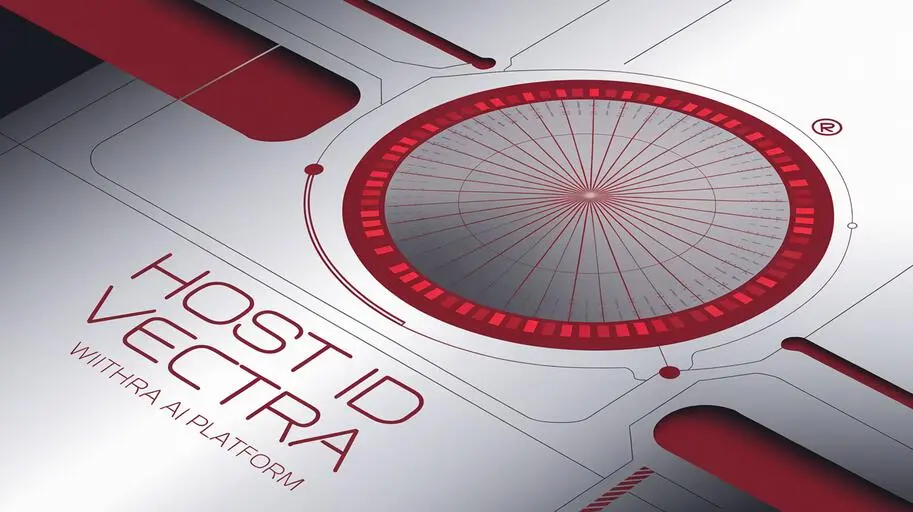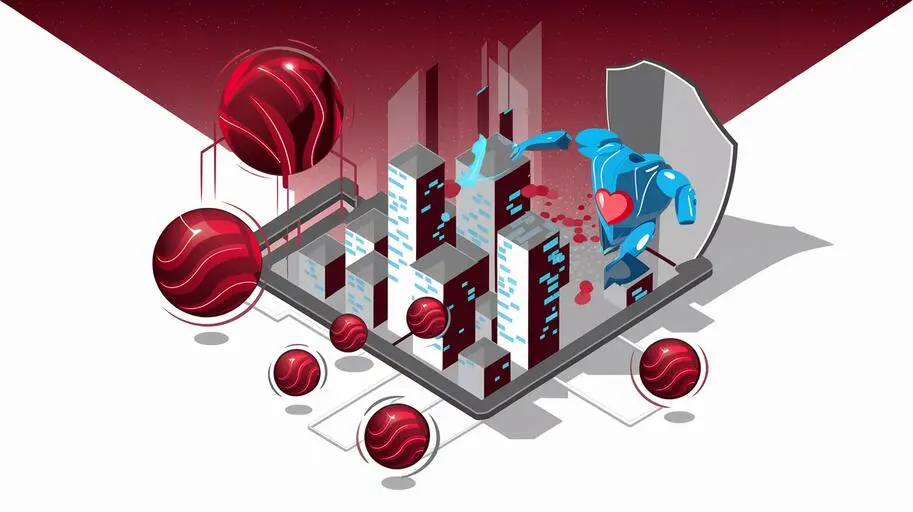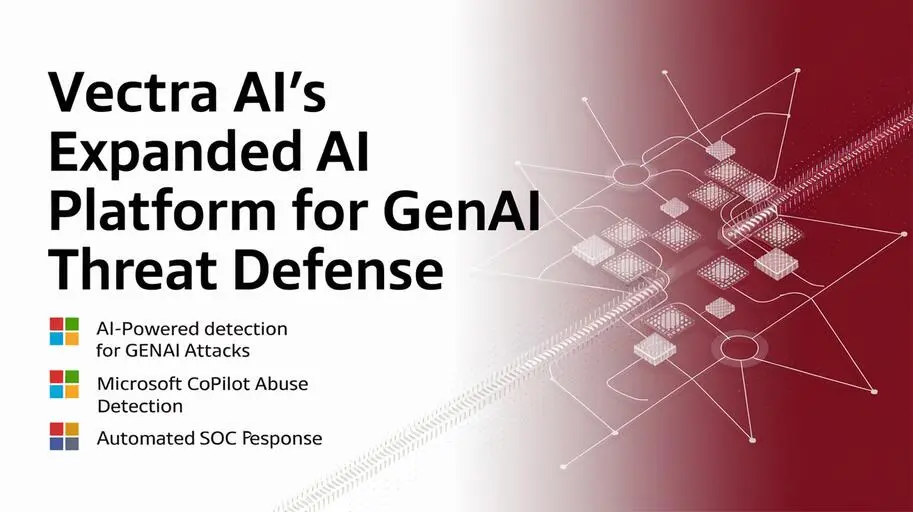
In the dynamic world of cloud and SaaS services, DevOps and SRE teams face unprecedented security challenges. Traditional protection methods are giving way to the need for adaptive solutions that ensure visibility, control, and automation. Vectra AI offers a platform that addresses these challenges by integrating into the development and operations cycle, ensuring security at every stage.
Security Challenges in DevOps and SRE
Modern DevOps and SRE teams are responsible for developing, deploying, and operating complex, distributed applications. This creates a number of serious security challenges that require special attention:
- Poor visibility into cloud infrastructure and SaaS applications: Monitoring and protecting disparate cloud environments and SaaS resources is a complex task. The lack of a single pane of glass and a deep understanding of ongoing processes leads to “blind spots” that can be exploited by attackers. Gartner on Cloud Visibility notes the importance of visibility for effective cloud security.
- Difficulty in detecting and responding to threats in real time: Traditional security systems cannot cope with the volume and speed of changes in cloud environments. They often generate false positives, diverting resources from real threats. The time it takes to detect and respond to incidents can be critical. CrowdStrike on Threat Detection emphasizes the need for modern threat detection solutions.
- Vulnerabilities in code and configurations: Errors in code, insecure configurations, and outdated libraries are common sources of vulnerabilities. Rapid development and deployment often mean that security issues do not receive enough attention. The OWASP Top Ten project provides a list of the most common web vulnerabilities.
- Insufficient access control and identity management: Misconfigured access rights and weak passwords can lead to unauthorized access to sensitive data. Identity management becomes especially complex in the context of multiple cloud services and applications. Microsoft solutions in the field of Identity and Access Management help to cope with this problem.
- Compliance issues: Cloud and SaaS environments must comply with various regulatory requirements, such as GDPR, HIPAA, and PCI DSS. Ensuring compliance can be a time-consuming and complex process. Compliance with GDPR, PCI DSS, and HIPAA requires a comprehensive approach to security.
Example: Imagine an online store using a microservices architecture deployed in the cloud. A vulnerability in one of the microservices, such as the payment processing component, could allow an attacker to gain access to customer data. Detecting such a vulnerability with traditional means can take several days or even weeks, during which time the attacker can cause significant damage.
The role of Vectra AI Platform, Cloud, SaaS, Identity in DevSecOps
Vectra AI Platform, Cloud, SaaS, Identity are designed to address these challenges and integrate security into the DevSecOps cycle. How does Vectra AI work in the cloud? The platform uses AI and ML to automatically detect, analyze, and respond to threats in real time. Here’s how it happens:
Cloud and SaaS Threat Detection and Response
Vectra AI constantly monitors network traffic, logs, and user behavior in cloud environments and SaaS applications. It identifies suspicious activity such as unauthorized access, lateral movement, and data exfiltration. The platform prioritizes threats based on their severity and provides DevOps and SRE teams with the contextual information they need to respond quickly. Response automation reduces the time it takes to resolve incidents. More information can be found on the Vectra AI Cloud Security page.
Identity and Access Management
Vectra AI helps control access to cloud resources and SaaS applications by identifying anomalous user behavior and suspicious accounts. The platform integrates with Identity and Access Management (IAM) systems and provides information about the risks associated with specific accounts. This allows DevOps and SRE teams to make informed decisions about granting and revoking access rights. You can learn more about this on the Vectra AI Identity Threat Detection and Response page.
Risk and Vulnerability Analysis
Vectra AI performs automated risk and vulnerability analysis in configurations and code. The platform identifies insecure configurations, outdated libraries, and other potential security issues. Vulnerability information is provided in an easy-to-understand format, allowing DevOps and SRE teams to quickly fix detected flaws. For more information, visit Vectra AI Cloud Security.

Integration with Existing DevOps Tools
Vectra AI integrates with popular CI/CD, SIEM tools, and other platforms used by DevOps and SRE teams. This integration ensures seamless information sharing and automation of security processes. For example, Vectra AI can automatically open tickets in the incident management system when suspicious activity is detected. A list of integrations is available on the Vectra AI Integrations page.
Automation of Security Processes
Vectra AI automates routine tasks such as vulnerability scanning, log monitoring, and incident response. This frees up DevOps and SRE team time for more important tasks, such as developing and deploying new features. Additional information is available on the Vectra AI Platform page.
Benefits of Using Vectra AI for DevOps and SRE
Using Vectra AI provides DevOps and SRE teams with a number of key benefits:
- Improved visibility and control over cloud and SaaS infrastructure: Vectra AI provides a single pane of glass for monitoring and protecting all cloud resources and SaaS applications. Learn more at Vectra AI Platform.
- Accelerated threat detection and response: Vectra AI uses AI and ML to automatically detect and prioritize threats, reducing the time it takes to respond to incidents. Details at Vectra AI Threat Detection.
- Reduced risks associated with vulnerabilities: Vectra AI identifies vulnerabilities in configurations and code, allowing DevOps and SRE teams to quickly fix detected flaws. Learn more at Vectra AI Cloud Security.
- Improved efficiency of DevOps and SRE teams: Vectra AI automates routine tasks, freeing up DevOps and SRE teams for more important tasks. Protecting applications in the cloud becomes easier and more efficient. Forrester Wave report (registration required) Forrester Wave report on Vectra AI
- Improved compliance: Vectra AI helps ensure compliance with various regulatory requirements, such as GDPR, HIPAA, and PCI DSS. Compliance information can be found on the Vectra AI Compliance page.
Example: Company N reduced the time to make changes to security policies by 70% thanks to Vectra AI automation.
Use Cases (Anonymized)
Company X, a SaaS solution provider, used Vectra AI to protect its cloud infrastructure from MITM (Man-in-the-Middle) attacks. Vectra AI detected and blocked an attempted attack, preventing the leakage of sensitive customer data.
Company Y, a financial organization, used Vectra AI to comply with PCI DSS requirements. Vectra AI automatically identified and eliminated vulnerabilities in its cloud infrastructure, ensuring compliance with security requirements.
Conclusion
Integrating security into the development and operations cycle (DevSecOps) is critical to protecting modern cloud and SaaS environments. Vectra AI provides a platform that automates threat detection and response, improves identity and access management, analyzes risks and vulnerabilities, and integrates with existing DevOps tools. This allows DevOps and SRE teams to improve their efficiency and reduce cybersecurity risks.
Learn more about how Vectra AI Platform, Cloud, SaaS, Identity can help you protect your cloud and SaaS environments. Contact us for a personalized consultation on implementing the Vectra AI Platform.
Frequently Asked Questions about DevOps Security and Vectra AI
What are the main security challenges in DevOps and SRE?
DevOps and SRE teams face poor visibility into cloud infrastructure, difficulty detecting real-time threats, vulnerabilities in code and configurations, insufficient access control, and compliance issues.
How does Vectra AI solve security problems in cloud and SaaS environments?
Vectra AI uses artificial intelligence and machine learning to automatically detect, analyze, and respond to threats in real-time, integrating into the DevSecOps cycle.
What capabilities does Vectra AI provide for threat detection and response?
Vectra AI constantly monitors network traffic, logs, and user behavior, identifies suspicious activity and prioritizes threats, providing contextual information for rapid response.
How does Vectra AI help with identity and access management?
Vectra AI monitors access to cloud resources, identifies anomalous user behavior, integrates with IAM systems, and provides information about account-related risks.
How does Vectra AI analyze risks and vulnerabilities?
Vectra AI performs automated risk and vulnerability analysis in configurations and code, identifies insecure configurations, and provides information in an easy-to-use format for remediation.
With which DevOps tools does Vectra AI integrate?
Vectra AI integrates with popular CI/CD tools, SIEM, and other platforms, providing information sharing and security process automation.
What benefits does Vectra AI provide for DevOps and SRE teams?
Vectra AI improves visibility and control, accelerates threat detection and response, reduces risks, improves team efficiency, and enhances compliance.
How does Vectra AI automate security processes?
Vectra AI automates routine tasks such as vulnerability scanning, log monitoring, and incident response, freeing up the time of DevOps and SRE teams.
